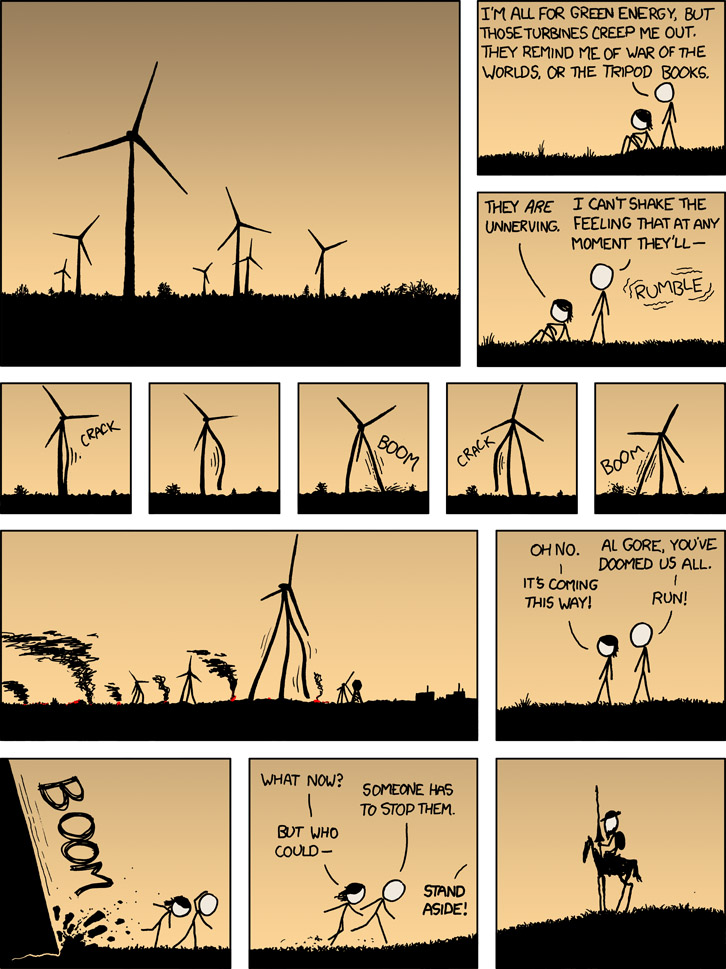Take a moment and revel in the fact that this allusion is host to another allusion. It’s like a mirror reflecting a mirror.
Okay, now picture this: you are standing on a stone wall, blocked from the edge of the mountain by massive ramparts that seem both as sturdy as the earth and shockingly sparse as a barrier between you and the open air that whips around your face and hair. You can see for miles in every direction. Look one way and forested land brings you to the beginning of the ocean, which eventually, in something resembling a horizon, falls off into the sky. Look the other way and you see hills and forests and towns sprawling out as far as your eye can manage. Look down and you see a lush flowering of trees dotted with chateaux, monasteries, and palaces. (Just don’t look behind you, or the German tourist doing the can-can over the edge might change the source of your breathlessness from exhilaration to fear.)
The castle was built into the mountain nearly a thousand years ago by the Moors. Unlike the kings who used this place as an artistic royal hang-out in the 1800s, the builders of the castle didn’t want the beauty of the view. They could see potential enemies approaching from any and all directions. As romantic as an “ancient castle on top of a windswept mountain” sounds, the structure was built to be the opposite of romantic: a purely utilitarian defensive endeavor. Both the Captain and I have visions of people plummeting to their deaths -- including the German can-can girl. We are shocked and delighted by the lack of ropes, rails, and warnings.
When we visited one of the palaces of the village -- not one of those dotting the forest below us, but one facing us on an opposing hilltop -- we found a similar child-like delight. As fascinating as it was to wander through the ornate rooms of the palace and imagine myself living in the lady-in-waiting’s chamber (less rich, but more charming than the queen’s), I loved best the climbing into (decorative) turrets and creeping along the walkways that hug the outside of the palace, dropping off into the brush clinging to the mountainside.
We are also delighted, in an unromantic way, by the wind turbines that speckle the tops of many of the hills we can see. We took a train ride out to the castle village of Sintra, as well as a few bus trips across Portugal, and we found the wind turbines everywhere. Not enough that they feel ubiquitous or overwhelming, but enough that they are part of the landscape -- surprisingly modern in a country that is still very much in touch with the beauty of its history.
On each bus trip we took -- a shorter one to and from Fatima and a longer one to and from Porto -- I watch the wind turbines, expecting them to come alive. I wanted to bring both -- the wind turbines and the bus -- back to the US. The public transportation, inter and intra-city, tended to be both affordable and convenient. We took trains, buses, boats, and cabs for all ten days and never once wished for a rental car. In fact, the driving patterns were difficult to follow. And the parking patterns even more so. More than once, we were almost hit by a parking car whose driver decided to jump his car onto the sidewalk and back up until it seemed like a good patch of sidewalk on which to leave his car.

No comments:
Post a Comment